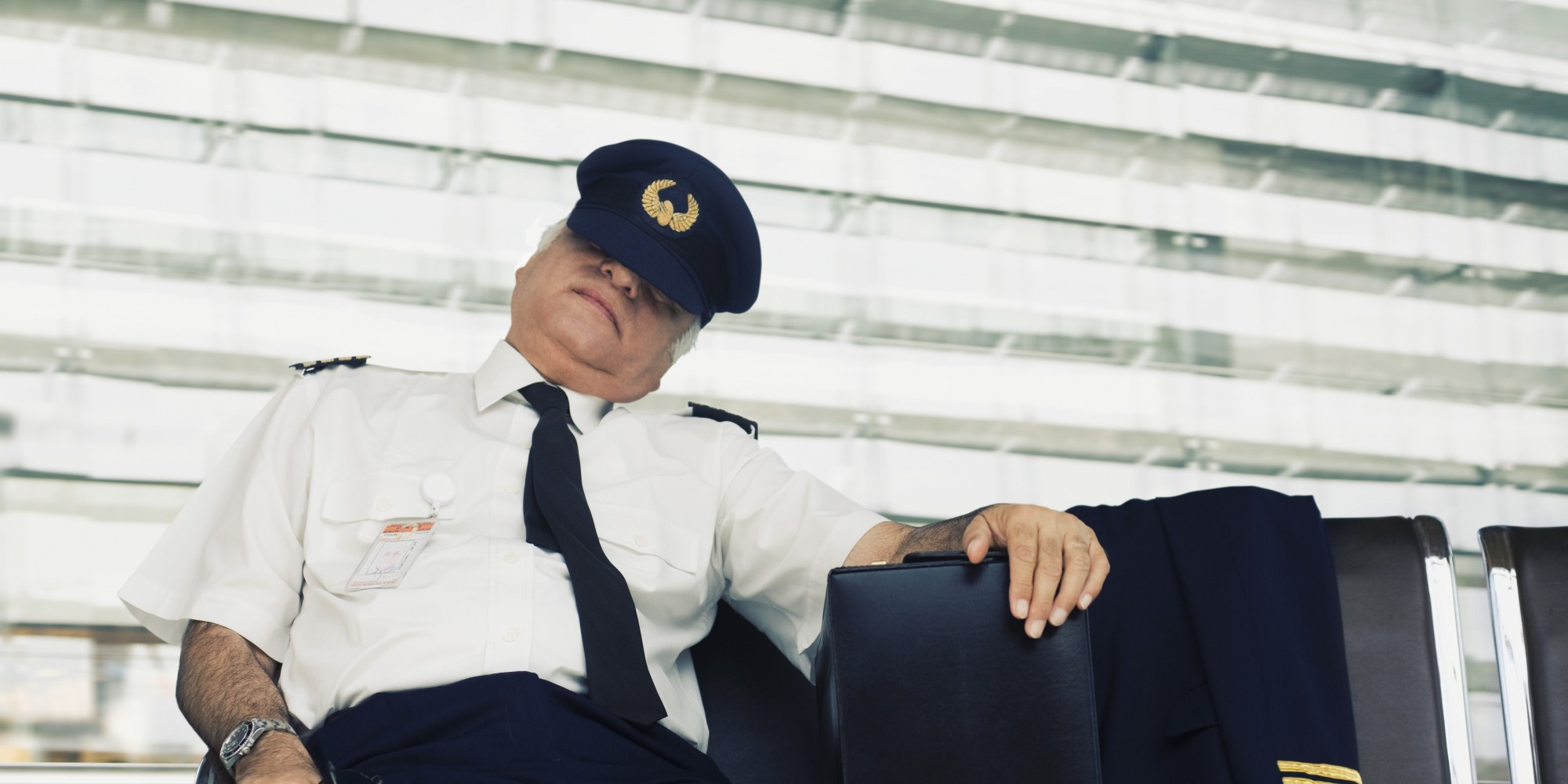Prior to 1978, each airline worked out schedules with its pilots to accommodate the routes the airline flew while protecting the pilots from undue fatigue. But after 1978’s deregulation, all that changed. Competition between airlines became so fierce that pilots were forced to fly more hours with less rest. Fatigue led to accidents. At the beginning of this year, new rules established by the FAA and supposedly based on scientific study, went into effect which gave pilots a reasonable amount of uninterrupted rest between days of flying, but increased the number of hours a two-pilot crew could fly per day from eight to nine hours!
Under these new pseudo-scientific rules, a pilot who reports for duty at 7 a.m. can be on duty for fourteen hours. That may sound reasonable until you consider that being at work at 7 a.m. may mean getting up at 3 a.m., leaving home at 4 a.m., and driving two hours to the airport. That allows only twenty minutes for traffic and forty minutes to catch the bus from crew parking to the terminal. Your pilot can be forced to work until 9 p.m., eighteen hours after waking up — if lucky — from five to six hours of sleep.
Pilots are stuck with the new rules, and no matter how fatigued a pilot may be, refusing to fly means big trouble. As a pilot, you don’t fly fatigued, you can’t keep your job. Don’t expect things to get better.
On August 14 we had an incident with two pilots that were suspended after their plane carrying 280 passengers plunged suddenly in the airspace over Turkey en route to Brussels from Mumbai, the Times of India reported.
The plane dropped 5,000 feet while the captain was sleeping in what’s known as a “controlled rest,” which is permitted under aviation laws for long flights.
The co-pilot, who was meant to be in charge of the plane while the captain snoozed, claims she was busy on her iPad and didn’t notice the plane had lost altitude. However, investigators are looking into the possibility that she too had dozed off.
Air traffic controllers noticed the jet had moved away from its assigned flight level of 34,000 feet, and alerted the crew.

Comments are closed.